| Chelsea, Paceyn and I flew to Tucson in mid-November to attend a symposium in honor of my major professor, Dr. Margaret Kidwell. This was part scientific meeting, part reunion. I had a great time seeing all my former lab mates, some of whom I haven't seen since I graduated in 1998. Margaret opened the program with a biographical talk - covering the years up until she moved to the University of Arizona in 1985. It was very interesting to hear about how she grew up, was impacted by WWII and eventually decided to become a professor. She talked about a number of her scientific influences, including her husband James Kidwell, Francisco Ayala and Masatoshi Nei. It was a wonderful talk filled with some very interesting bits of history. I hope she writes this up and publishes it somewhere! |
| The Program included talks from Damon Lisch (Purdue University), Junhyong Kim (University of Pennsylvania), Allan Dickerman (Virginia Tech), Ken Peterson (Kansas State University), Joana da Silva (University of Maryland), Jake Tu (Virginia Tech), Mary Wojciechowski (Arizona State University), Becky Wattam (Virginia Tech), and Jonathan Clark (Weber State University). It was a great day, thanks largely to the sponsors in the Graduate Interdisciplinary Program in Genetics and the Department of Ecology and Evolutionary Biology. After the talks, we went to Margaret's house for a party - it was just like old times. |
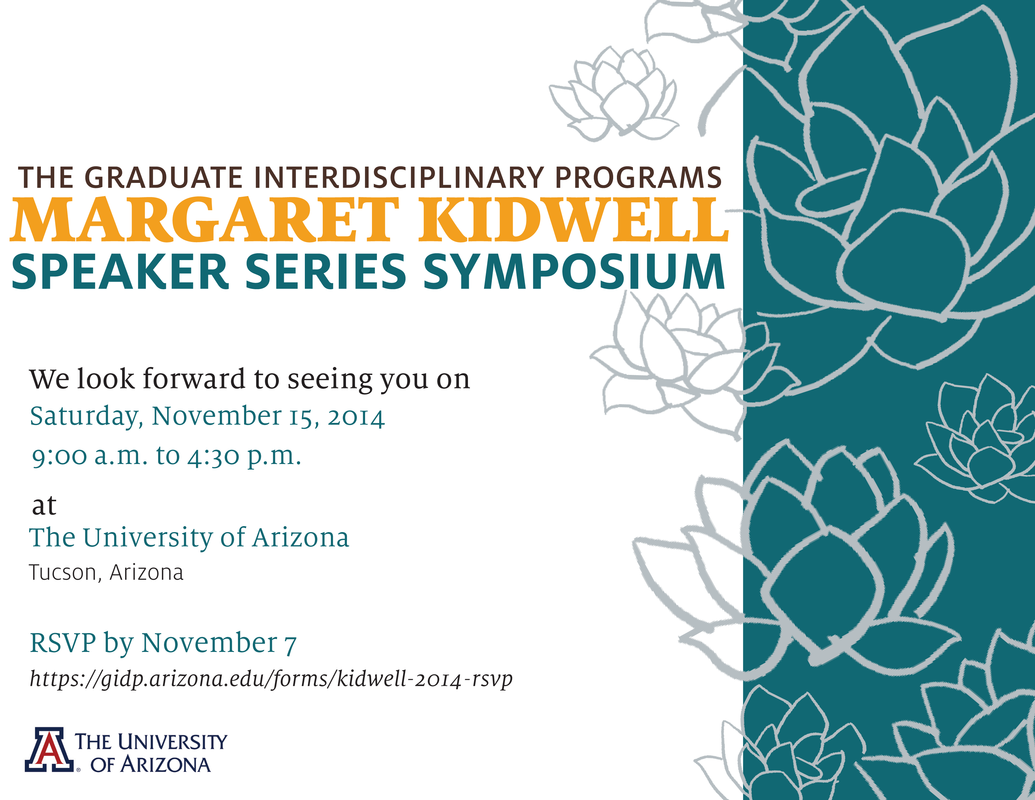
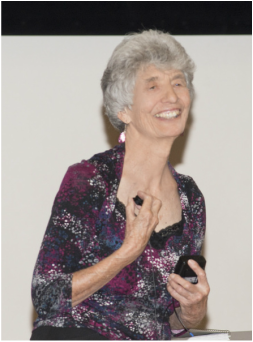
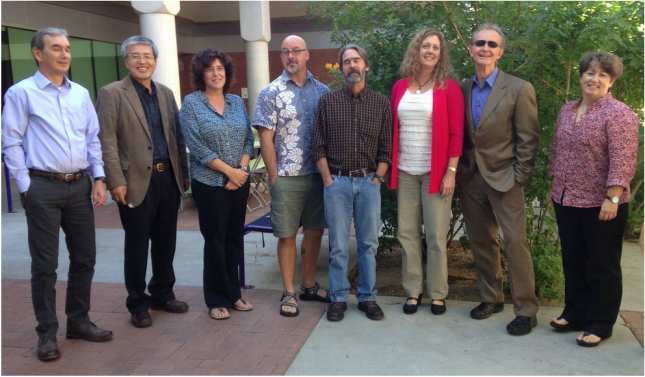
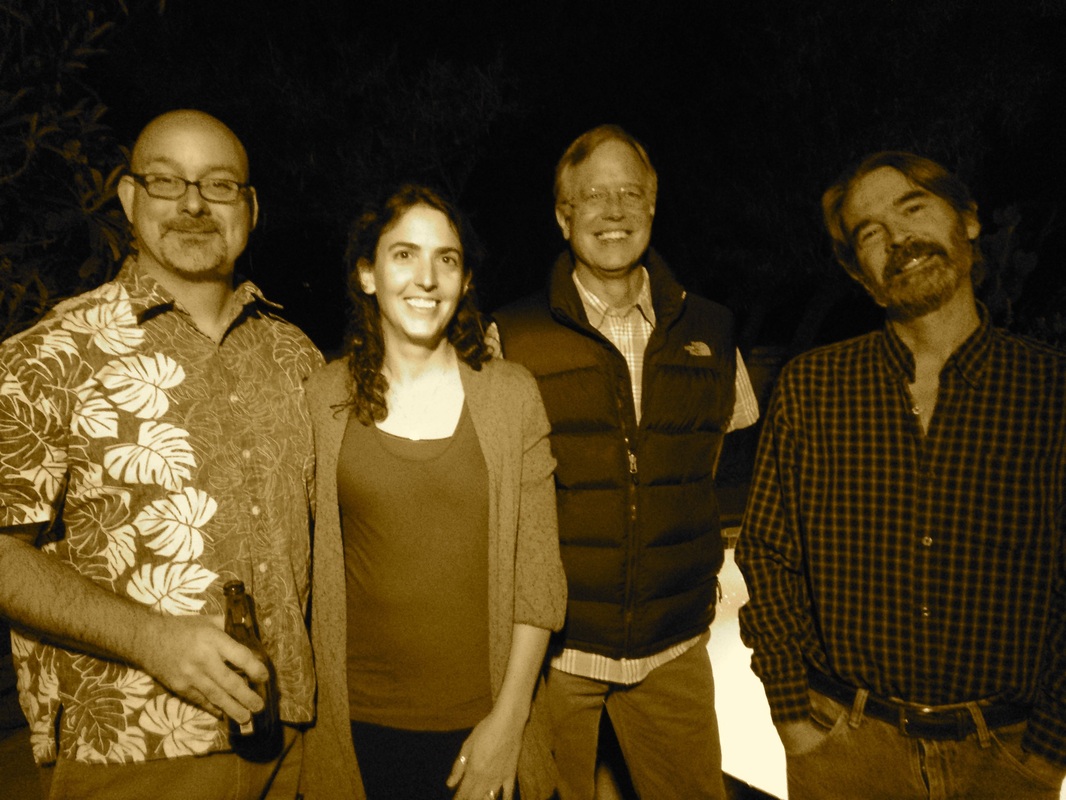

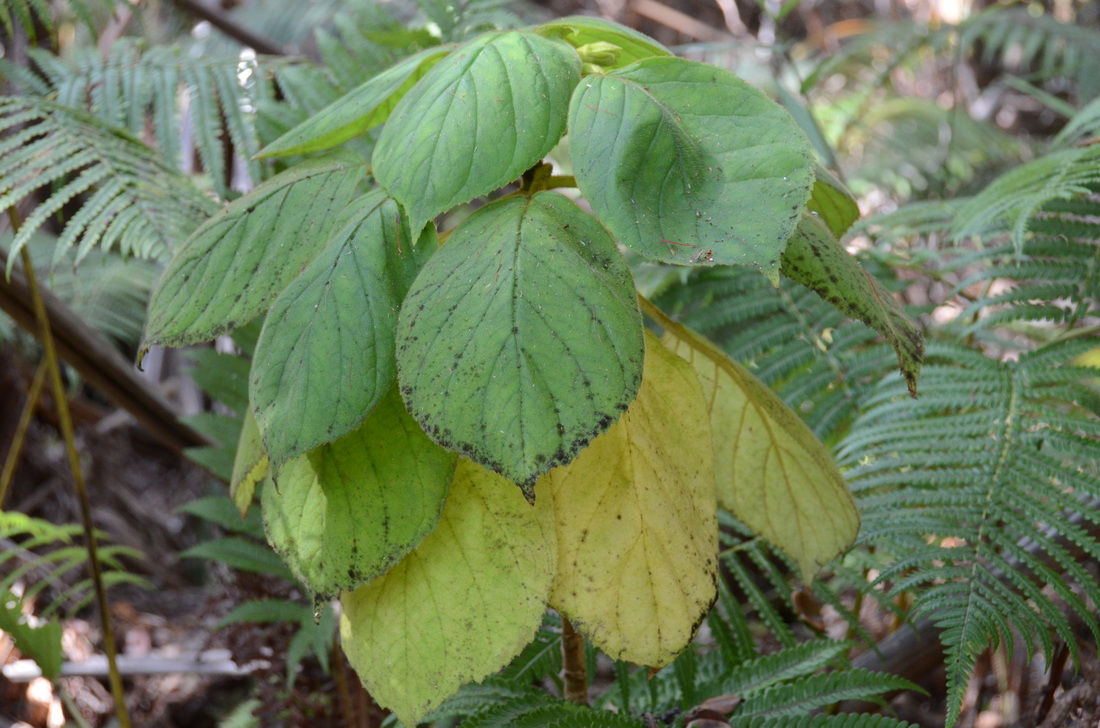
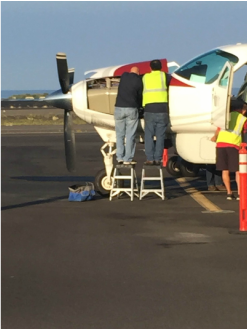
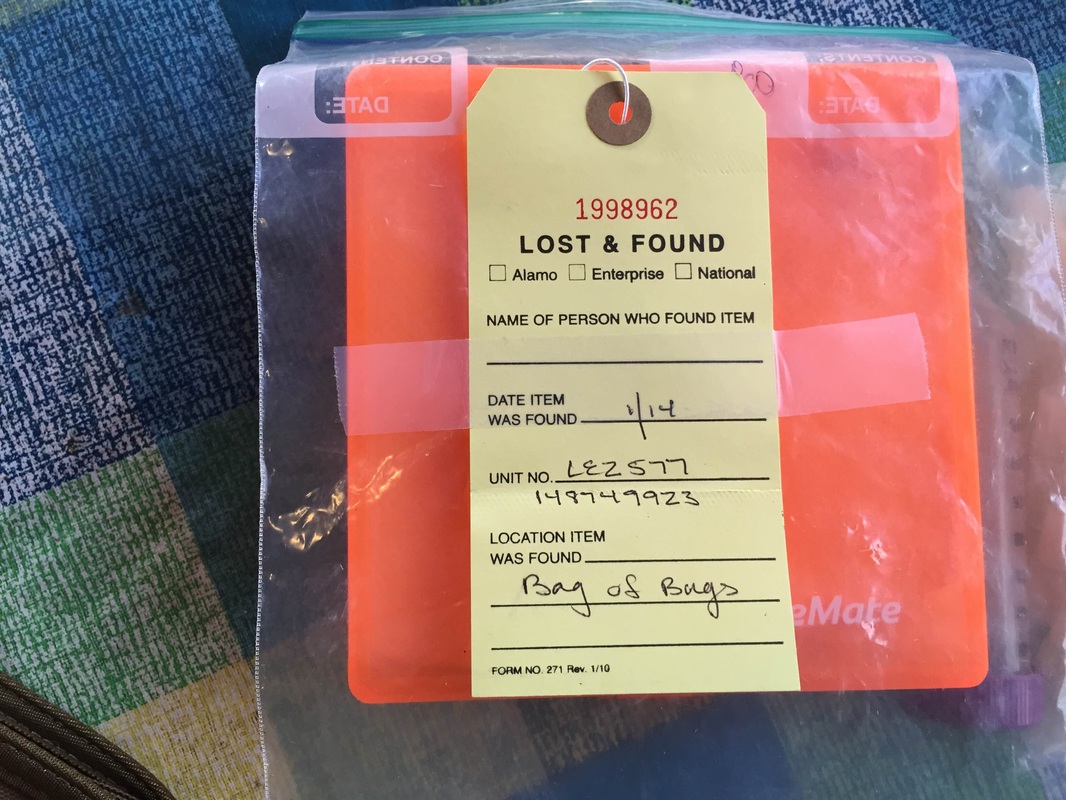
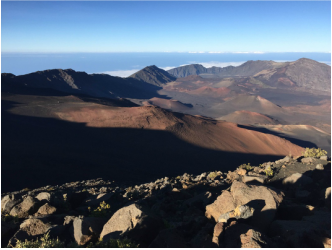
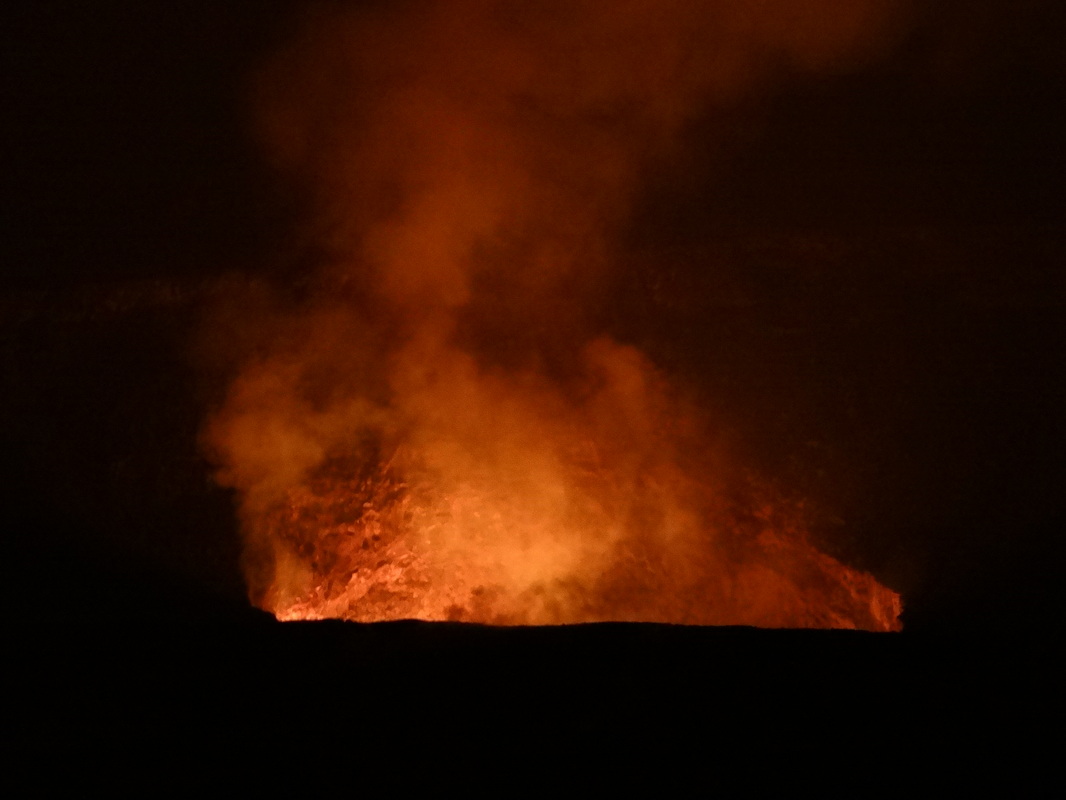

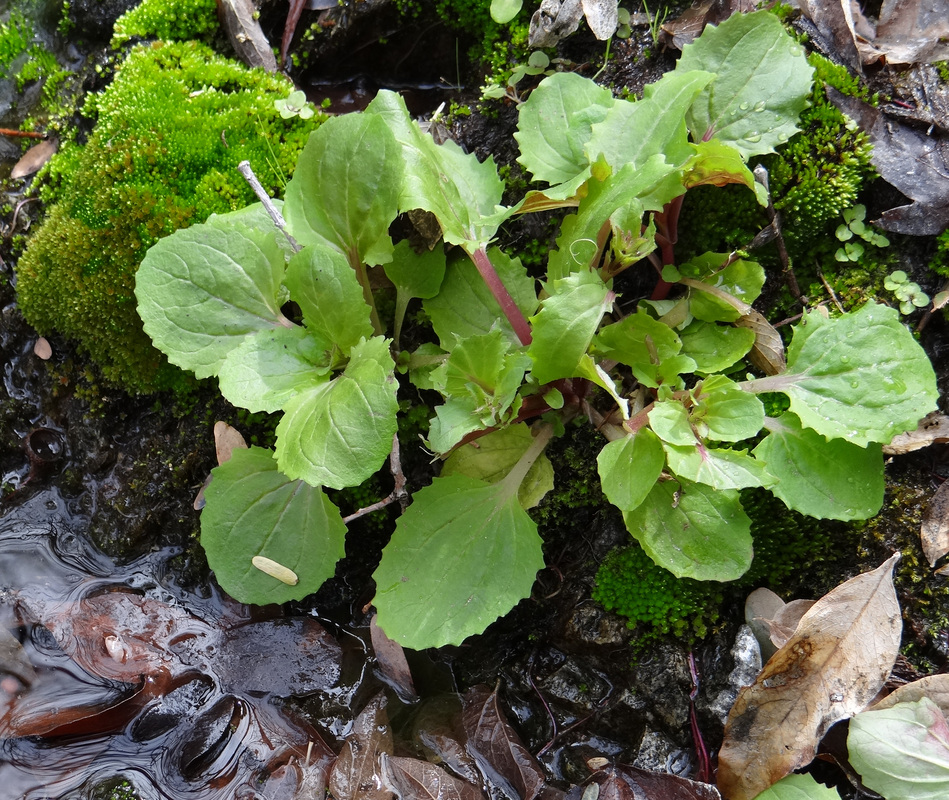
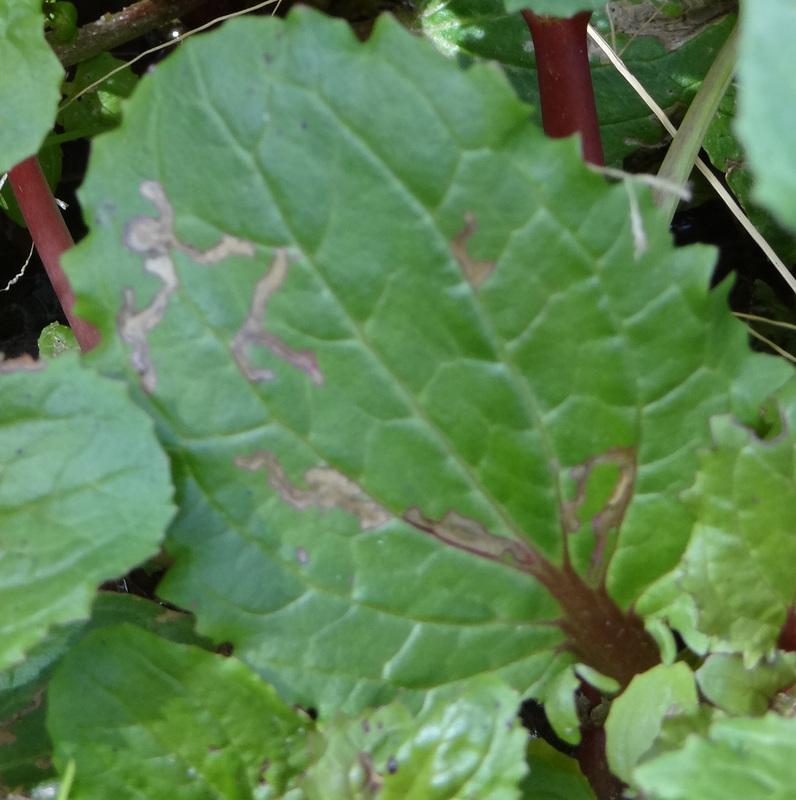
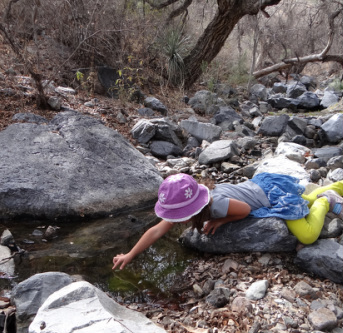
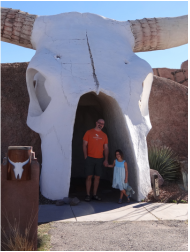
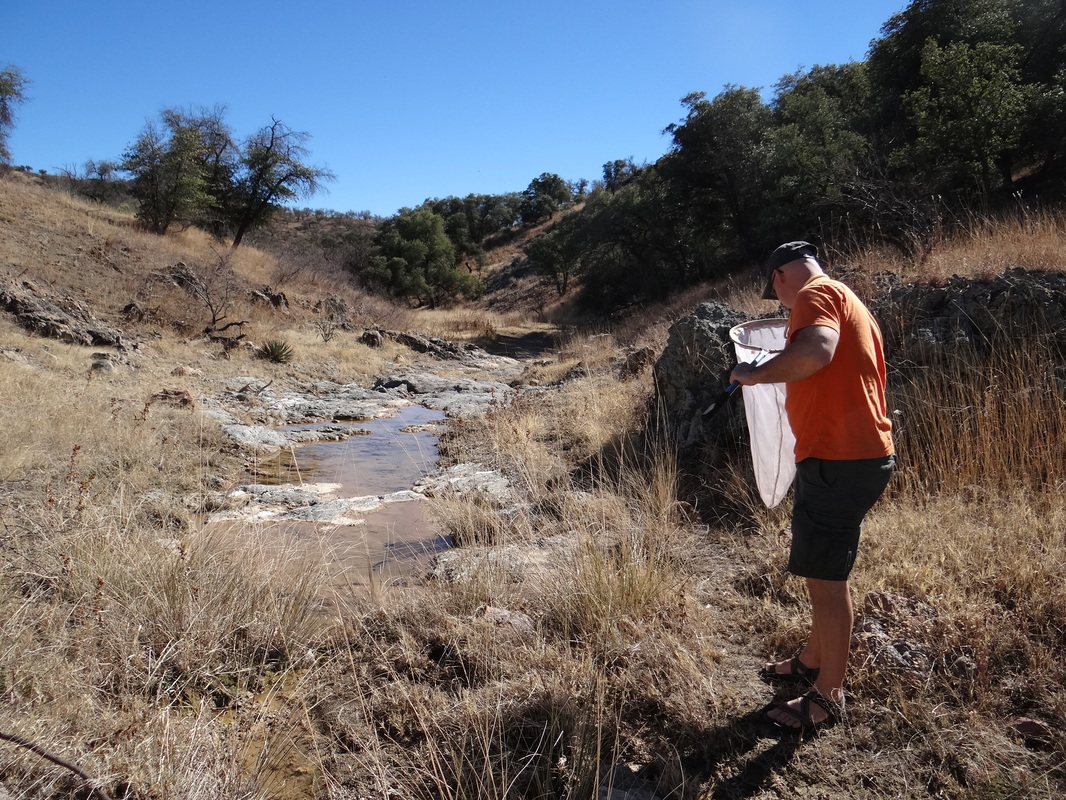
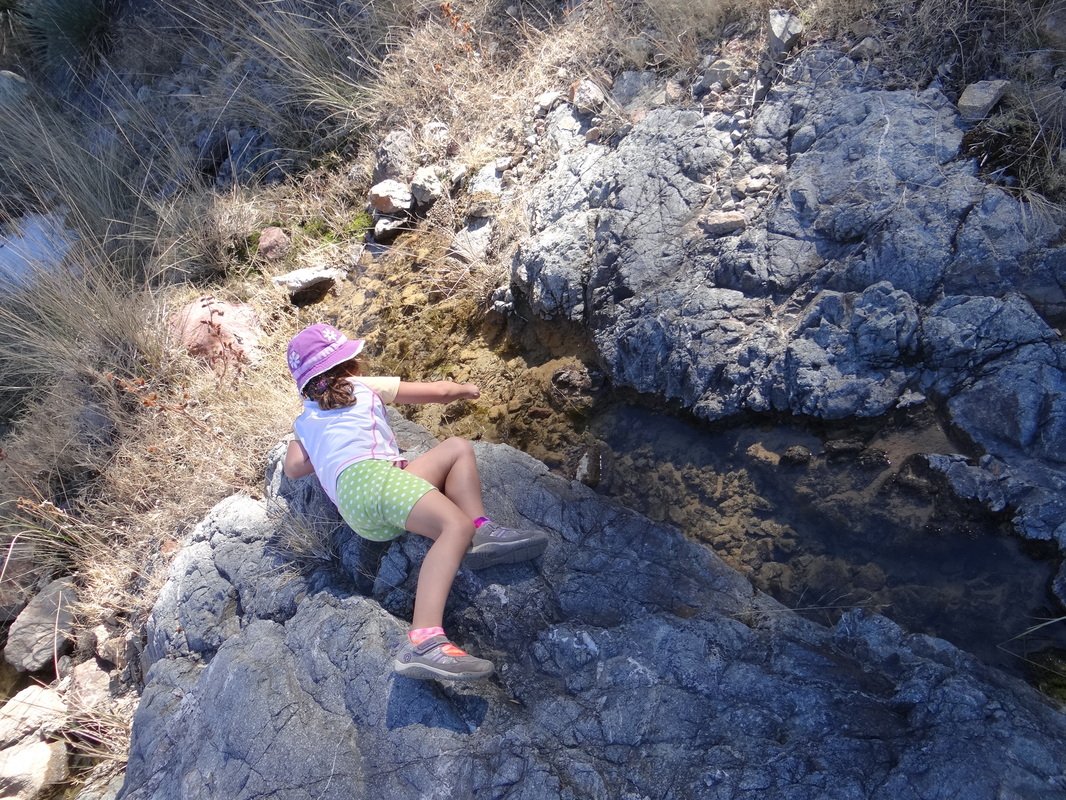

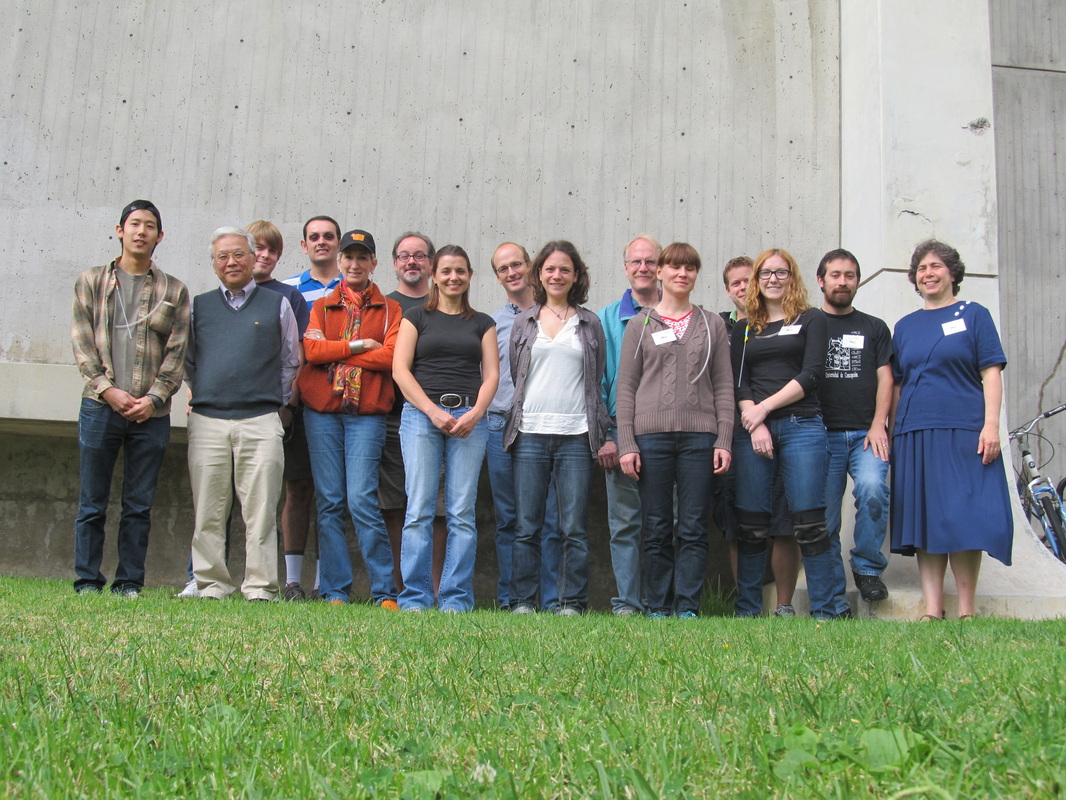
 RSS Feed
RSS Feed
